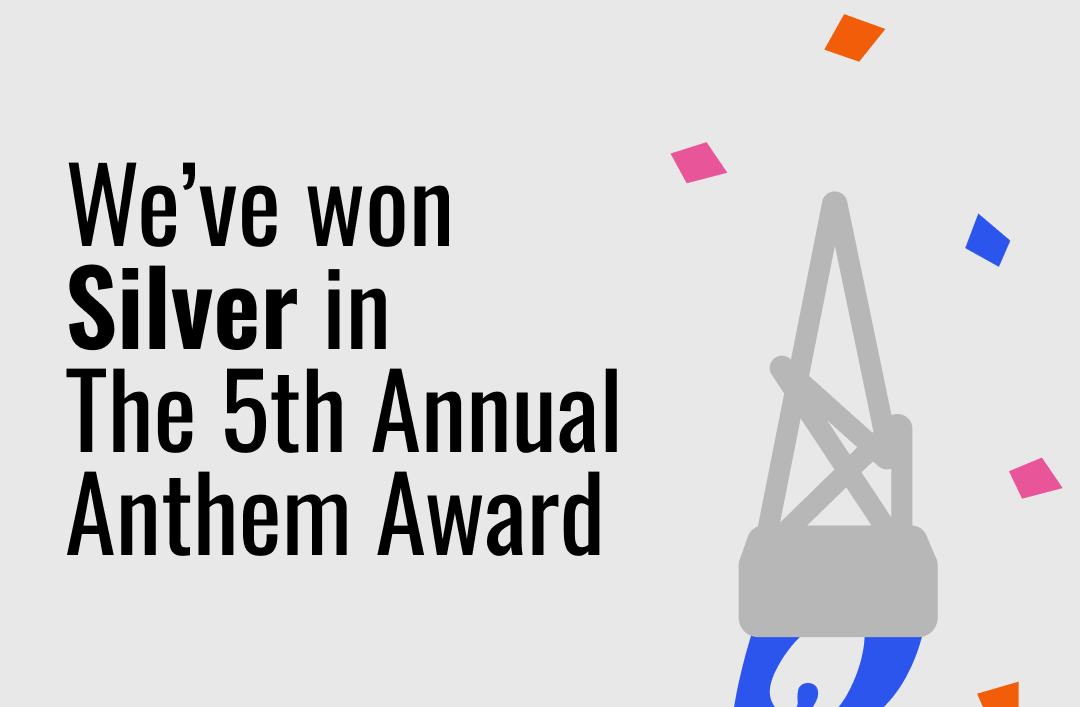While we may not approve of their business ethics, e-commerce figures like Amazon’s Jeff Bezos have had an undeniable impact on the way people buy and sell goods online. The tools, design approaches, and marketing strategies they’ve developed have netted huge profits for major e-commerce platforms—but why should they be the only ones who benefit? What’s to stop mission-driven organizations from putting the same systems to better use?
In this article, we’ll explore how nonprofits can use the techniques employed by the most successful e-commerce brands to delight potential donors, raise more money for the causes they support, and win the ongoing loyalty of satisfied, recurring donors.
Donor Experience
If you’ve hung out in the marketing world for a while, you’ve probably heard somebody talking about “customer experience,” or “CX” for short.
Typically associated with for-profit organizations, and especially those in the e-commerce space, customer experience design is the art and science of managing a customer’s relationship with every part of a given brand, from introduction through purchase and retention.
Intuitive and enjoyable experiences tend to encourage more sales and better, longer-lasting relationships with customers—while clunky, hard-to-follow experiences can quickly frustrate prospects, and push them to take their money elsewhere.
Over the years, customer experience designers have developed a number of best practices: approaches and techniques that consistently lead to greater revenue and better reviews. While these methods were first developed to help businesses make more sales, they are not exclusive to the for-profit world. On the contrary, nonprofit organizations can apply the principles of customer experience design to their own work, in order to improve “donor experience” (“DX”)—boosting contributions and deepening relationships with donors.
In this article, we’ll explore how nonprofits can use the techniques employed by the most successful e-commerce brands to delight potential donors, raise more money for the causes they support, and win the ongoing loyalty of satisfied, recurring donors.
Find the Stories
A donor, like any other person, is a human being with particular wants and needs, doing their best to navigate through life while moving toward their goals. In other words, every potential or recurring donor your organization connects with is living out their own story.
As in any other kind of marketing, the key to making your organization a part of your donors’ lives is to show them how your mission fits into that story—how donating to your cause will help them satisfy their needs, reach their goals, or grow as people.
To do that, you’ll first need to have a firm idea of what those stories actually look like. That is, in order to demonstrate that donating to your organization can help prospects reach their goals, you’ll need to gather some information to figure out what those goals are.
This is where your marketing research skills will come in handy. You’ll have two main tools to work with when trying to discover what’s most important to your audience:
- Data & Analytics
- Analyzing the behavior of visitors coming to your website or social media channels—where they came from, what content they spend time with, where they go when they leave—can give you a broad understanding of what certain subsets of your audience are looking for, whether they are finding it with your organization, and how you can give it to them more effectively. As The Nonprofit Times puts it: “Using data to find out everything you can about your donors enables you to provide them with an experience that is tailor-made to their specific passions and interests.”
Are there particular pieces of content that visitors tend to linger over or share? Is there friction at any point in your donation process that could be resolved with a more user-friendly design? By discovering what prospective and recurring donors need in order to engage with and support your organization, you can make sure that your donor experience is geared towards satisfying those needs.
- Analyzing the behavior of visitors coming to your website or social media channels—where they came from, what content they spend time with, where they go when they leave—can give you a broad understanding of what certain subsets of your audience are looking for, whether they are finding it with your organization, and how you can give it to them more effectively. As The Nonprofit Times puts it: “Using data to find out everything you can about your donors enables you to provide them with an experience that is tailor-made to their specific passions and interests.”
- Primary Research
- Any information-gathering methods which involve you directly asking members of your audience for their input. Surveys, interviews, focus groups, and other forms of primary research can provide you with detailed answers to specific questions about your programming, donors’ perceptions of your organization, etc. This makes primary research a useful tool for highlighting areas for improvement in your donor experience, and for gaining insight into why donors care about particular issues.
Ongoing research will provide you with an ever-clearer picture of the stories that given members of your audience are trying to embody in their own day-to-day lives. That is, you’ll understand what goals they are trying to achieve by researching or giving to your organization.
Knowing this, you can begin to design a donor experience that helps donors recognize how much closer their goals become when they support you and your work. In other words, you can start to show audience members that your organization is an invaluable guide on their own Heroes' Journeys towards particular ends.
Segmentation: Telling the Right Stories to the Right Donors
Through your data gathering and primary research, you may discover that the members of your audience fall into distinct groups, based on what they are hoping to achieve by donating to your cause. That is, you may find that there are a number of smaller segments within your larger audience—and that the stories people are trying to live out with your brand’s help will vary from segment to segment.
The process of dividing an audience into smaller, more targeted segments can be a big help as you develop your overall donor experience strategy. As HubSpot points out in its marketing blog, segmentation “makes it easy to tailor and personalize your marketing, service, and sales efforts to the needs of specific groups. This helps boost customer loyalty and conversions.”
While in this case we might swap out “donations” for “conversions,” the principle remains the same. The more precisely matched to a particular audience member’s needs your communications are, the more likely they will influence that person to give to your organization.
As you sift through what you’ve found, see if you can group audience members based on why they want to donate.
For some, donating may be a way to support an important cause, or push back against a perceived injustice. For others, it offers a chance to leave a legacy and be remembered. Long-standing and recurring donors may even give mostly out of personal enjoyment—they might like spending time with interesting, passionate members of your staff, or getting together with like-minded people at fundraising events.
By figuring out in advance who’s giving for what reasons, you’ll be able to write and design web pages, presentations, events, and other pieces of the donor experience that speak directly to the well-defined goals of particular segments within your audience. This will give your prospects and donors a sense of being seen and heard, and improve your chances of developing beneficial, long-lasting relationships with them.
Knock Their Socks Off!
You’ve done the hard work of researching your audience members, and breaking them up into segments based on the stories they’re trying to live out. Now comes the fun part—designing and building mind-blowing, show-stopping donor experiences that validate and reward the trust people have put into your organization, and offer them a concrete sense of advancing towards their own most deeply held wants.
The best donor experiences are frictionless and fulfilling for your audience. People hoping to donate to your organization should a) have an easy time giving and b) enjoy themselves while doing so.
To make donating as simple as possible for your prospects and recurring donors, use the tools that e-commerce companies like Amazon, eBay, and Walmart have developed to make online purchases easier for their customers. To offer donors the smoothest possible experience, consider doing the following:
- Allow many different payment methods
- Share information about average gift amounts, frequencies, etc.
- Set up automatic “donation abandonment” emails
- Recognize highly involved donors, and encourage them to contribute more
With this basic giving infrastructure in place, you can move on to flexing your creative muscles! By crafting content, events, and other forms of interaction that demonstrate the link between your cause’s success and your audience’s goals, you’ll encourage prospects and donors to see generous giving as a way to advance their own unfolding stories—increasing the likelihood of a donation.
Philanthropic psychology consultant Simone Joyaux offers some specific ideas for experiences that will leave donors feeling valued and appreciated. In general, the more unique an experience, the more warmly it is likely to be received. A personalized email is good—a letter signed by a staff member is better. Send generous donors a handwritten note from the board, and you’ll be playing in the donor-experience big leagues.
Relate, Relate, Relate
A well-executed donor experience strategy will do more than just increase donations. It will also help build loyalty to your organization among the donors who care the most about your cause. And as Joyaux explains, “loyalty is the holy grail of fundraising.”
By getting to know your audience members on an intimate level, you can build the relationships that will power your organization through its biggest successes and sustain it through tough times. Developing and continuously refining your donor experience is the first step towards making those relationships happen.


-1.png)

